
Bathing Facilities
More than one third of households (37.7%) in the Region share separate bathroom in the same house. Nearly one in every six households shared open cubicles. One in ten of households reported bathing in open space around house. Rural households use more open space around house, and bathroom in another house than urban households. On the other hand, urban households share separate households in the same house and share open cubicles as bathing sources than rural households.
Techiman and Wenchi Municipalities recorded the lowest number of households with separate room designated exclusively for bathing. A high proportion of households in all District use share separate bathrooms in the same house. Pru, Sene, Nkoranza North and Kintampo South reported the highest use of open space around house for bathing. Nkoranza North, Sene and Kintampo South are among Districts which reported high use of bathroom in another house. Sene recorded about 1.4 percent of households using rivers/ponds/lakes and dams as their sources of bathing.
Toilet Facilities
Pit latrines are the most commonly used toilet facilities in the Region. Nearly seven in every ten households either used toilets with pit latrines or public toilets with WC/KVIP/Pit/Pan. As high as 17.8 percent of households reported no toilet facilities and use the bush, fields and banks of rivers as toilet facilities. Households with no toilet facilities and those who use public toilets increased by three and four percent respectively from 2000 to 2010. The use of pit latrines decreased by nearly 10 percent over the same period. Although the use of WCs is more than doubled, households which used this toilet facility are not many (less than 7% for the Region.
WCs and KVIPs are mostly used in urban areas. Close to two thirds of households in both urban and rural areas used either of the two pit toilet facilities (Pit latrine or KVIP). A quarter of households in rural areas do not have any toilet facilities compared to a tenth in urban areas. Pru recorded more than half of households without any toilet facilities. Kintampo North Municipalities and three other Districts, AtebubuAmantin, Kintampo South and Sene also reported more than two fifths of households without any toilet facilities. Asutifi, Berekum, Sunyani, Tano North and Dormaa East Districts reported the lowest number of households without toilet facilities (less than 5%).
A third of households in Sunyani Municipality used WCs. Other areas where the use of WC use is relatively common are Sunyani West (10.5%), Berekum (9.8%), Kintampo North (8.6%) and Dormaa Municipalities (8.1%) Techiman Municipality reported the highest patronage of KVIPs. This contrasts with Sene with the lowest proportion of households using KVIPs (less than 3%). Two fifths of households in Dormaa East and Asunafo South use proper pit latrines.
Waste Disposal
Solid Waste Disposal
Public dumps are the most common outlet of solid waste disposal in the Region. Dumping solid waste in the public was by 70.3 percent of households in 2000. In 2010, over three quarters of households either disposed solid waste through public dumps in containers (23.9%) or public dumps in open spaces (53.3%). Indiscriminate dumping, the second most commonly used solid waste dumping outlet reduced by nearly half from 22.6 percent in 2000 to 11.9 percent in 2010 while the collection of waste from households increased threefold from 0.9 percent to 2.9 percent over the decade. The Region however lags behind in the collection of solid waste from households as the Regional proportion (2.9%) is far lower than the national average (14.4%). Less than five percent of households in the Region burnt their solid wastes.
Dumping of solid waste in public containers is most common in the urban areas. More than two fifth of urban households in the Region disposed their solid waste in public containers. Dumping in public containers was not common in rural areas. Less than three percent of rural households in the region dumpe solid waste in public containers. The most commonly used solid waste disposal by rural households is the public dumps in open spaces. More than one third of rural households in the region dumped their solid wastes in public dumps in open spaces while nearly two fifths (19.1%) of urban households use this means of waste disposal. Nearly a tenth of rural households in the Region dumpe their refuse indiscriminately. Indiscriminate dumping is more common in rural (9.5%) than in urban (2.4%) households. Collection of solid wastes was more common in urban (1.7%) than rural (1.1%) households.
Sunyani Municipality reported the highest frequency of collection of solid wastes from households and dumping of wastes in public containers. The solid wastes for 8.5 percent of households in Sunyani Municipalities are collected; more than half of the wastes are dumped in public containers. More than one third of households in Berekum and Wenchi Municipalities together with Sunyani West District dumpe solid waste in containers. The proportion of solid waste disposal in public open spaces varies from 74.7 percent in Jaman North District to 17.4 percent in Sunyani Municipality which also has the lowest use of public dumps in open spaces as a source of waste disposal. Two other Districts and three Municipalities. Pru and Sene Districts, and Wenchi, Kintampo North and Berekum Municipalities reported less than half of their households using public dumps in open spaces.
Liquid Waste
For the Region as a whole, the compound and the gutter accounted for 90 percent of the disposal means used by households for liquid wastes. Disposal of liquid waste through safer means is relatively minimal in rural households. Only 2.7 percent of rural households in the Region do not dispose liquid waste in their compounds or dispose them onto streets or outside. For urban households, 9.1 percent do not dispose liquid waste through the compound and the gutter.
Jaman North (61.5%) and Jaman South (56.5%) reported the highest of use of the street or outside to dispose liquid wastes. On the other hand, Sunyani Municipality recorded the highest use of safe means such as drainage into a pit (soak away) for liquid wastes. More than four percent of households in the Municipality dispose liquid wastes through this source.
Source of Water by District and Locality
Main Source of Drinking Water
A third (33.4%) of households in the Region use bore hole pump/tube well as the main source of drinking water. Other sources of drinking water are public tap/stand pipe (17%), river/stream (14.4%), pipe borne water outside dwelling (13.7%), and protected well (11.6%). Rural areas used the river /stream, dug out/pond/lake/dam/carnal, unprotected well and bore holes/tube well are the main sources of drinking water in the rural areas.
However urban areas rely more of pipe borne water, public/tap stand pipe and protected well for their drinking water. In the Atebubu Amantin District, the protected well (35.2%) is the main source of drinking water compared to any other District (44.7%). In Nkranza North the bore holes (61.3%) constitutes the main source of dirnking water. The Dustrict also has the largest concentration of bore holes in the Region. Pipe borne water inside dwelling is commonly in the Sunyani Municipality while pipe borne outside dwelling is predominantly used in the Techiman Municipality. The use of pipe borne water is low in Nkoranza North (0.2%) and Atebubu Amantin (0.6%).
Type of Main Water Source
Improved water is treated by chemicals before use. Unimproved water comes from natural sources such rivers, streams and the rain. The use of improved water sources were more than unimproved water sources in the region, and across all districts. Improved water sources is four times more than unimproved the use of sources for the Region as a whole. More than half (54.2%) of the 60.4 percent of drinking water sources in the urban areas are from improved sources compared with 25 percent of the 40 percent water sources in the rural arrears. Berekum Municipality, Jaman North and South reported less than 10 percent rate of use of unimproved water sources. Dormaa, Sunyani, Techiman and Wenchi Municipalities together with Tano North and South and Sunyani West Districts also reported less than 20 percent use of unimproved water sources.
The bore hole/pump/tube well is the most common source of water used by households in the Region for other domestic activities such as washing of clothes, cooking utensils and vehicles. Public stand pipe, river/stream, pipe borne outside dwelling and protected well are four other main sources of water for domestic activities. The use of each of the four sources is by more than 10 percent of households in the Region Urban households use more of four sources, pipe borne inside dwelling, public stand pipe, protected well and pipe the borne outside dwelling for other domestic activities while rural households use more of two sources, bore hole, pump/tube well and river/stream. Urban households used more than seven times of pipe borne water inside dwellings than rural households while the reverse the case for river/stream.
In the Districts, the use of bore holes/pump and other source of water for other domestic activities varies from 60.7 percent in Nkoranza North to 16.3 percent in Sunyani Municipality. Other Districts which reported high use of boreholes/pump are Tain (58%) and Jaman North (54.2%). For protected wells, Atebubu Amantin District and Kintampo North Municipal reported more than one third of households using such sources. Households in Kintampo South, Pru and Sene Districts also reported a high use of river/stream as the main source for domestic activities. Pipe borne water inside dwellings is used by 32.2 percent of households in Sunyani Municipal. Households in Techiman Municipality and Dormaa East District also recorded a high use of pipe borne water outside dwellings is the main source of water for other domestic uses while the lowest use of both pipe borne water inside and outside dwellings was reported by Nkoranza North.
Date Created : 8/10/2023 12:00:00 AM


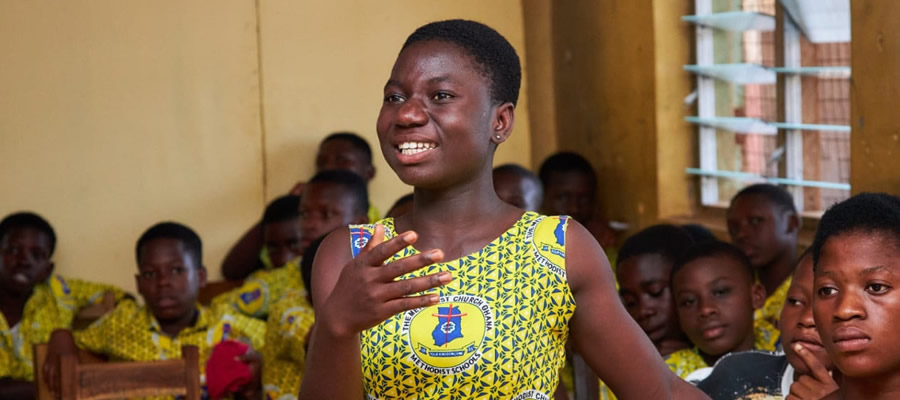
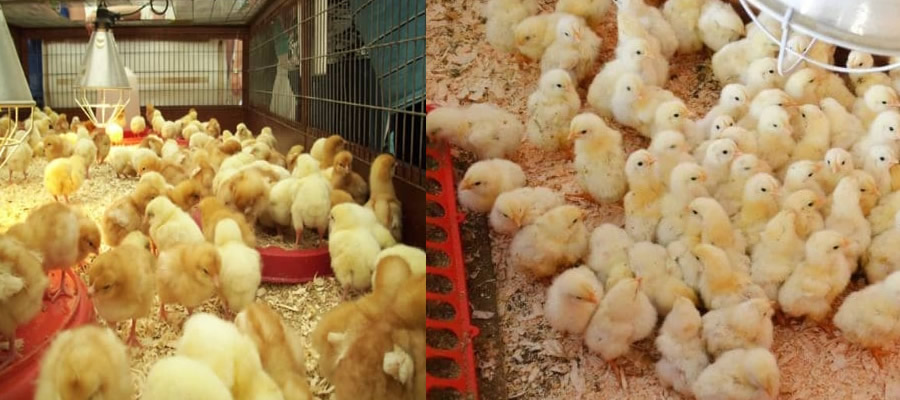
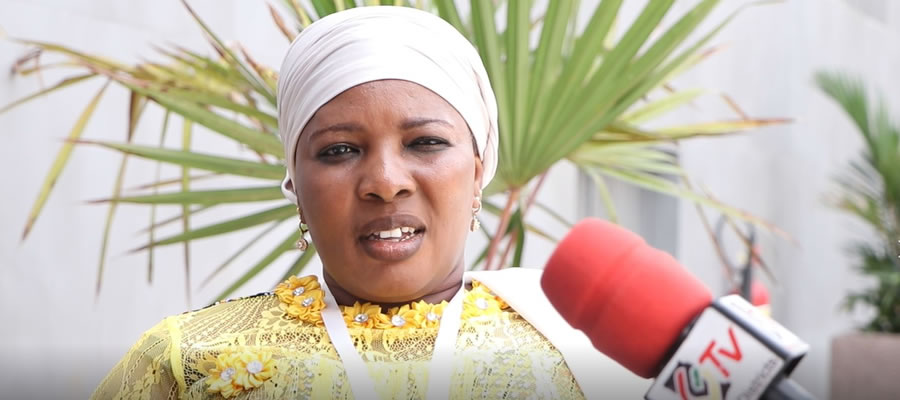
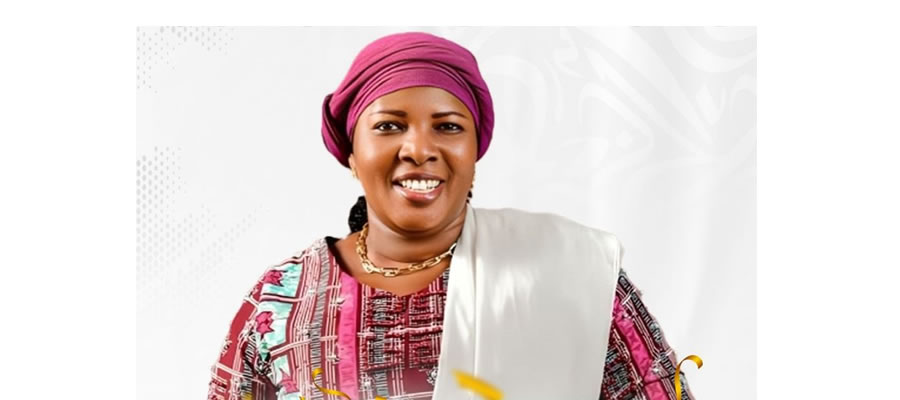
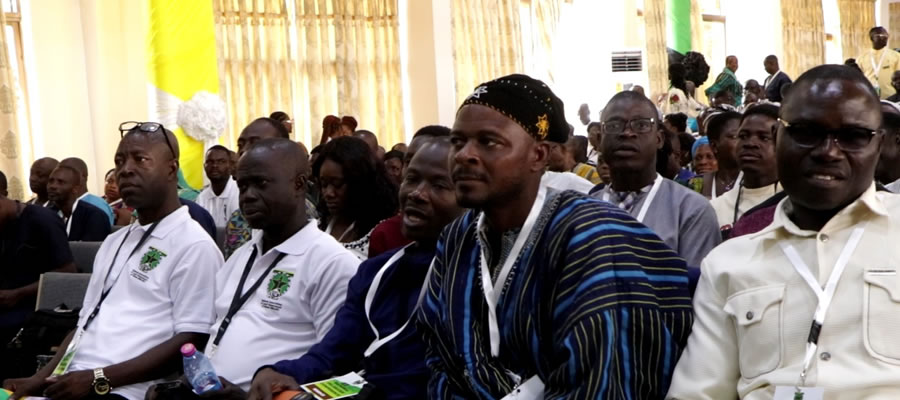
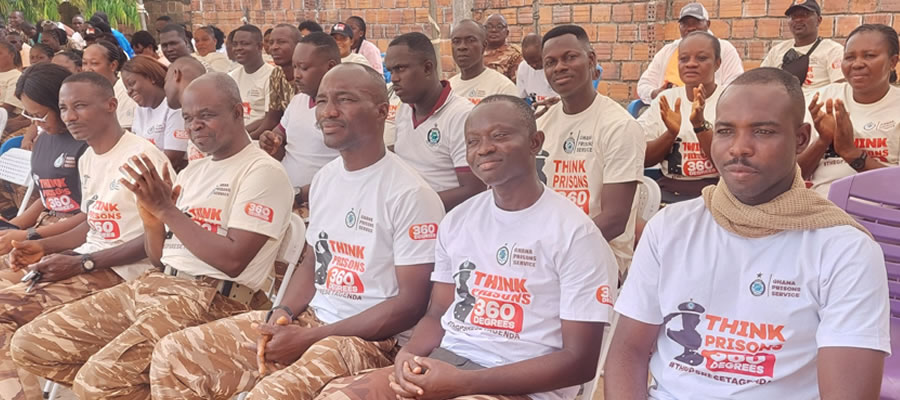
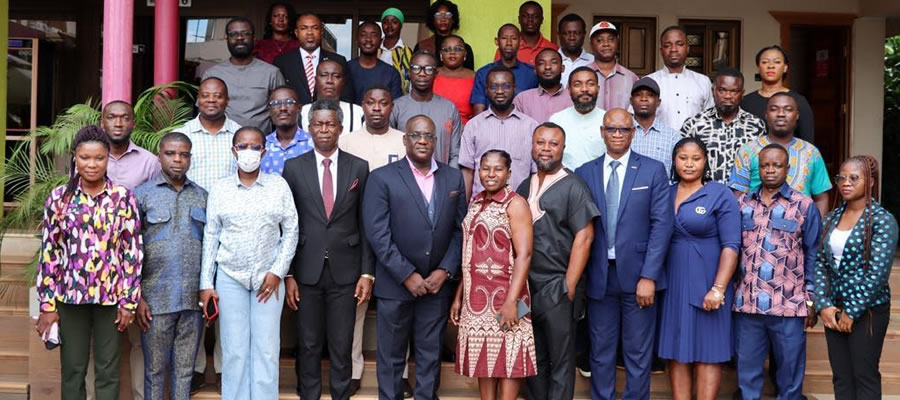
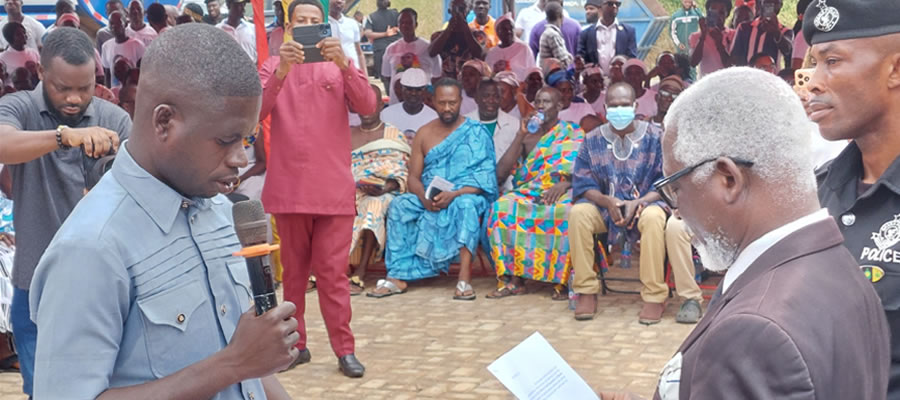


 facebook
facebook
 twitter
twitter
 Youtube
Youtube
 +233 593 831 280
+233 593 831 280 0800 430 430
0800 430 430 GPS: GE-231-4383
GPS: GE-231-4383 info@ghanadistricts.com
info@ghanadistricts.com Box GP1044, Accra, Ghana
Box GP1044, Accra, Ghana